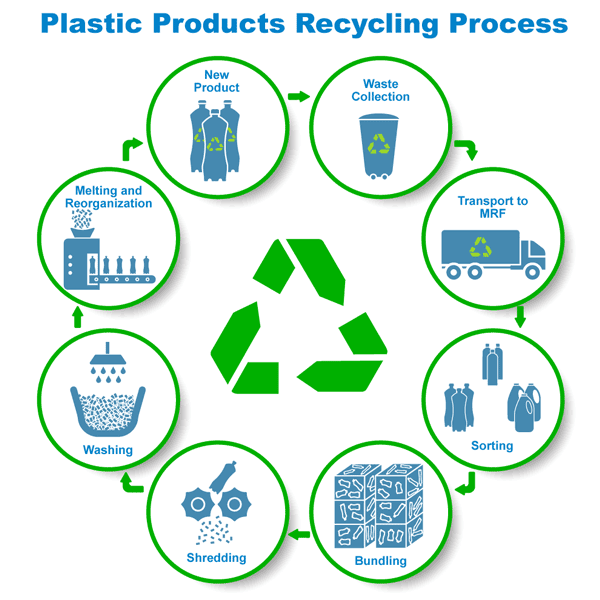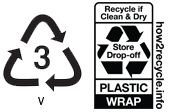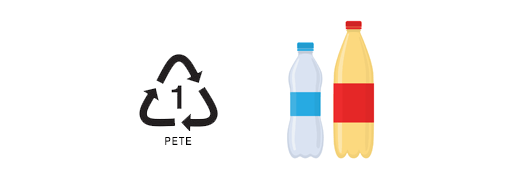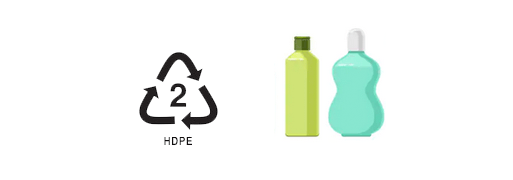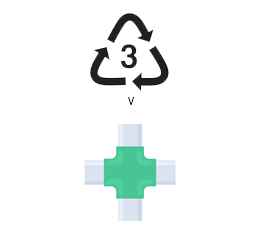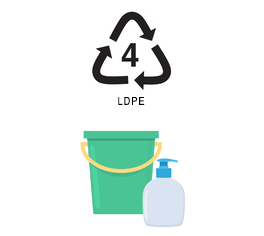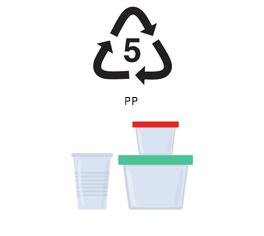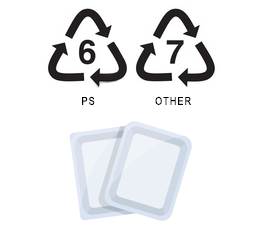What Happens to Materials Placed in the Cart?
You put paper, glass, metal and plastic materials into your recycle cart, but then what happens? The route truck collects the contents from your cart and delivers the load to a local transfer station, where it is consolidated into larger capacity trailers and transported to a material recovery facility (“MRF”) in the Inland Empire.
At the MRF, the material is loaded onto conveyor belts and undergoes a variety of manual and mechanical sorting processes using air, optics and magnets. First, the system separates the various materials by type. Next, the sorted material is consolidated into bales or containers for transport to various processors or manufacturers that ideally convert the material into a feedstock and ultimately new products.
